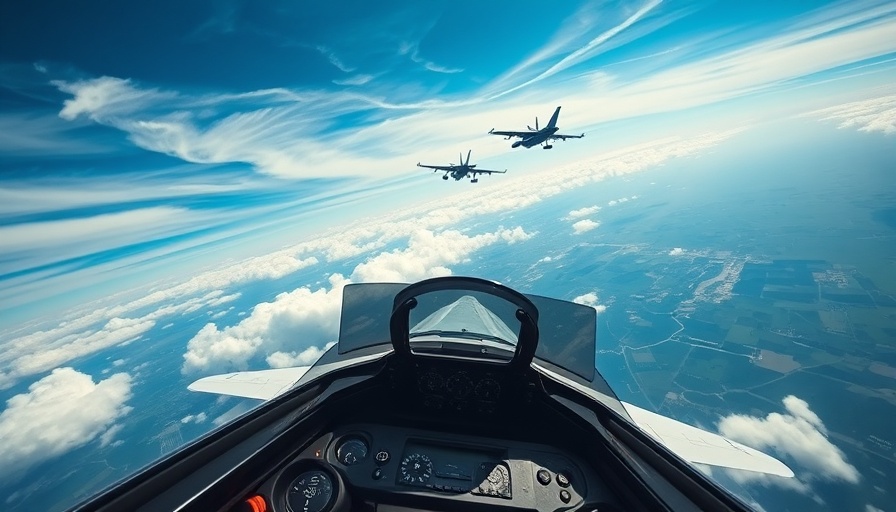
Drone Warfare: A Game Changer for the Kursk Battlefield
The recent escalation in the Kursk region exemplifies the shifting dynamics of modern warfare, where drones have emerged as pivotal instruments in combat. The elite Russian drone group, Rubicon Center of Advanced Unmanned Systems, is at the forefront of this transformation, effectively neutralizing Ukraine's advantage in aerial technology. According to independent analyst Andrew Perpetua, the Rubicon group employs advanced drone tactics that target strategic locations along roadways, compromising Ukrainian supply lines with a high degree of coordination and precision.
The Role of North Korean Troops in Russian Operations
A noteworthy aspect of the Russian counteroffensive in Kursk is the deployment of North Korean troops, aimed at supplementing ground forces. These additional soldiers provide a numerical advantage, reinforcing established Russian units like the 177th Marine Regiment and the 810th Naval Infantry Brigade. Reports suggest that the North Korean 11th Army Corps has returned to the front lines with fresh manpower, capable of mounting significant challenges against Ukrainian forces, particularly in areas under sustained pressure.
Drones: Now the Primary Lethal Weapon
The integration of drones has redefined their role in the Ukraine-Russia conflict, underscoring a trend noted by military analysts in multiple sources, including extensive data from The New York Times. Drones are now responsible for a staggering 70-80% of battlefield casualties, moving past traditional warfare tools like artillery and tanks. This lethal efficiency allows them to target vulnerable armored vehicles and supply lines, allowing for disproportionate effects with minimal resource investment, thus highlighting a shift to what some experts are dubbing ‘technological warfare.’
Future Implications and Strategies
As the Ukrainian forces strive to maintain their foothold in Kursk, overcoming Russian drone dominance requires not just adaptive military tactics but also advancements in jamming technologies. The need for modern, effective anti-drone measures has never been more critical. Without these enhancements, sustaining operational capacity in the face of the Rubicon's relentless drone assaults may prove increasingly untenable for Ukrainian troops.
Conclusion: A New Era of Warfare
The developments in the Kursk region highlight a critical juncture in the conflict, where the mastery of drone warfare could dictate the outcomes of battles. As both sides escalate their drone capabilities, the need for innovative strategies to counter these threats remains paramount. For observers and military strategists around the globe, the implications of these changes could shape the future of warfare beyond the Ukraine conflict.
 Add Row
Add Row  Add
Add 




Write A Comment